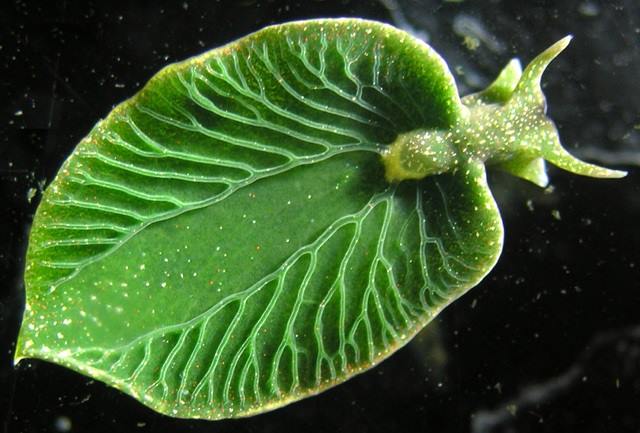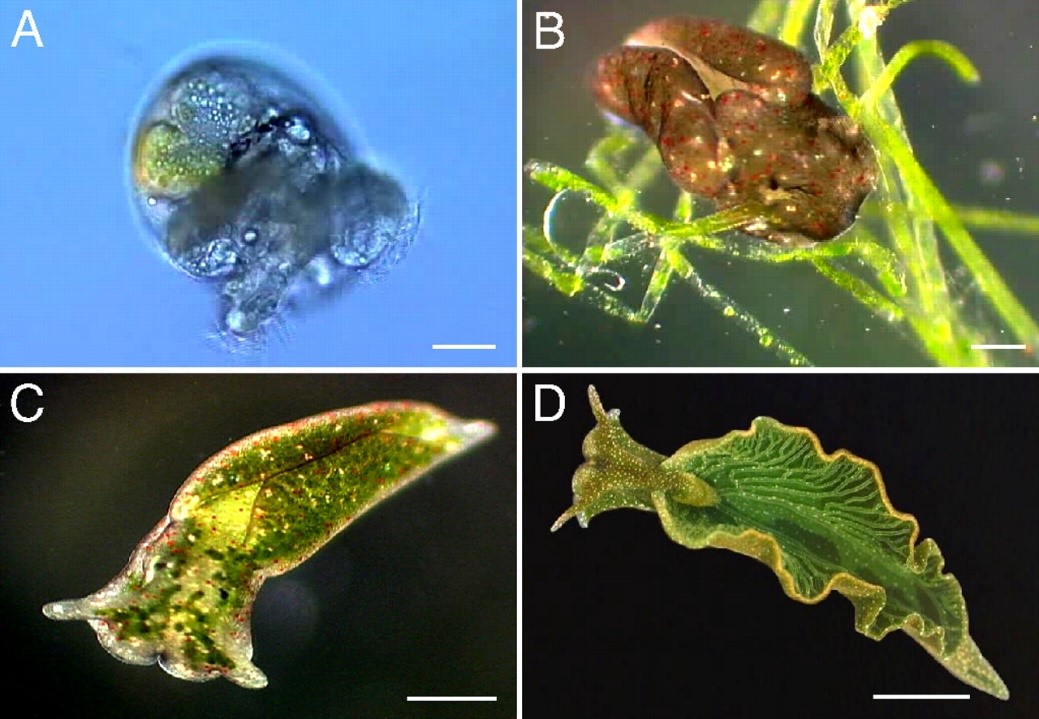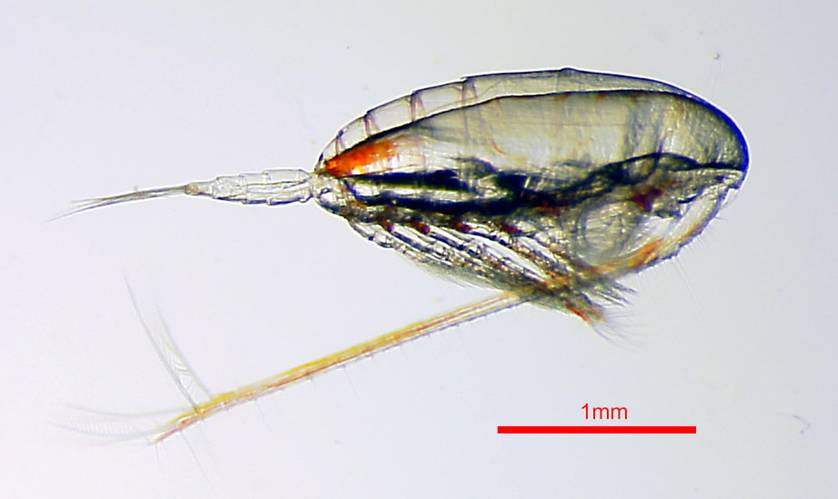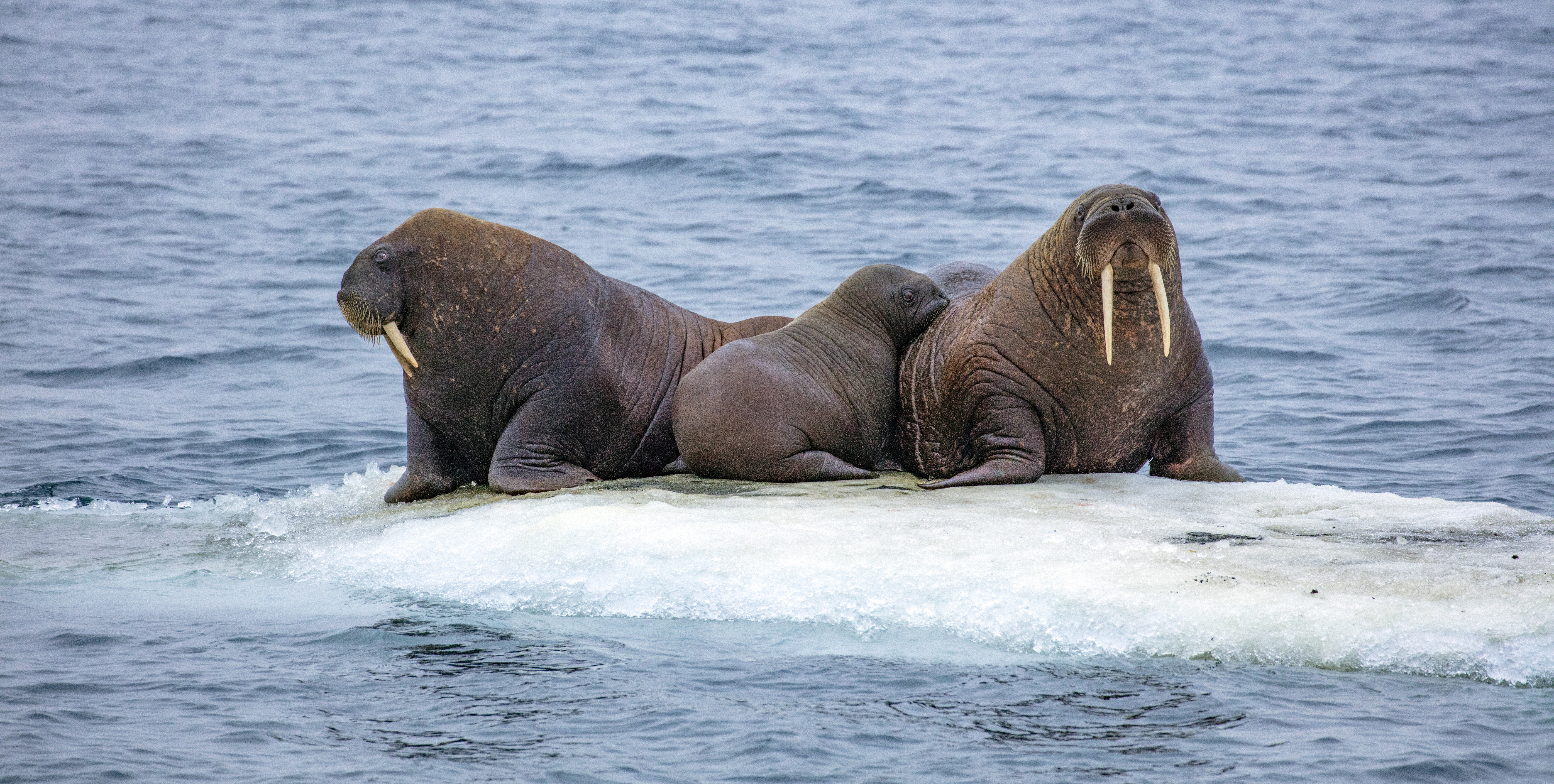Imagine having the choice of filling your stomach by eating a Kvikk lunsj or by simply soaking up some sun rays. Behind todays julekalenderluke is someone who can do just that!

Solar-powered
Meet the Elysia chlorotica, a tiny sea slug that can decide to eat sunlight if it so wishes! Elysia are found in shallow salt marshes on the east coast of the United States and Canada and the three-centimeter-long adults have a brilliant green colour. Being green is not only a great camouflage colour, but it is also a functional colour: these slugs are bright green because they contain chloroplasts. Chloroplasts are the tiny green granules that are normally found in plants and that can perform photosynthesis, making sugars from just carbon dioxide, water and sunlight.
Thief
However, Elysia are not born Shrek-coloured: they come into this world as transparent larvae and they quickly grow into brown juveniles. Where does the green magic come from then? Have you ever heard of kleptomania: having an uncontrollable urge to steal things? Well, Elysia is a so-called kleptoplast, meaning that it steals chloroplasts! Its favourite victim is a filamentous alga called Vaucheria litorea. With razor-sharp teeth, the slug pierces the algae and sucks up their insides, as if it is drinking through a straw. The slug then steals the chloroplasts and takes them up into their own gut cells. There they can make sugars and serve as instant kvikk lunsj whenever the slug is sunbathing. If a young Elysia takes up these chloroplasts, it can then survive without dinner for more than a year, which is almost their entire life span!

There are more sea slugs that are kleptoplasts, but Elysia chlorotica is definitely the record-holder when it comes to keeping their solar panels alive for a long time. And this is quite an achievement, because chloroplasts normally die very quickly when they are out of the algal cell. As you know, sun rays can be very damaging to your skin. Well, the same goes for chloroplasts. The sun constantly damages parts of the chloroplasts and the chloroplasts need dozens of proteins to fix themselves. These proteins are encoded in the algal DNA, but the slug has pooped out that DNA a long time ago. This is the reason why in many other kleptoplasts, the chloroplasts stop working within weeks. So how does Elysia keep their chloroplasts up and running for a year, then? Well, scientists have recently found that Elysia might have stolen some essential algal DNA and incorporated that into its own DNA! How the slugs have done this remains a mystery, so ‘unfortunately’ for now we will have to stick to our Kvikk lunsj next time we gå på tur.
Marinbiologene anmerker: En nær slektning av Elysia chlorotica lever i norske farvann og heter grønn silkesnegl (Elysia viridis). Den er også en kleptoplast.
Daan Mes er en nederlandsk marinbiolog basert i Oslo. Han tar sin PhD gjennom ‘IMPRESS’; et stort europeisk forskningsprosjekt som sikter mot konservering av laks, europeisk ål og stør. Daan prøver å øke laksens fitness slik at den vil overleve bedre i det fri. Han tilbringer mye tid på en avsidesliggende forskningsstasjon på vestlandet og er helt forelsket i den vakre norske naturen.



